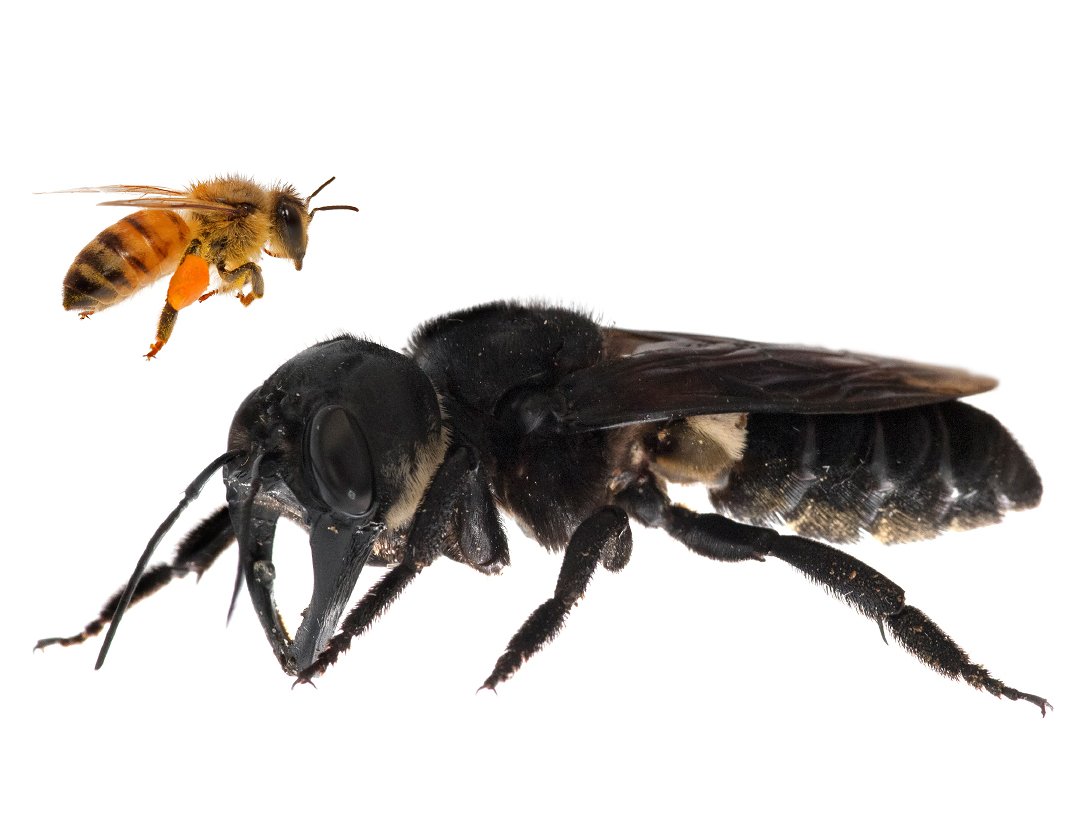Giant Bee Found
The world’s largest bee was found in the wild 38 years after its last sighting. It was one of the planet’s top most wanted species.In 1858, the famed British naturalist Alfred Russel Wallace discovered a large bee buzzing about on the Indonesian island of Bacan. Now known as Wallace’s giant bee, the critter can grow up to an inch and a half in length, has a wingspan of two and a half inches and boasts an impressive pair of beetle-like mandibles. It is the world’s largest bee—and one of its most elusive, having been seen only a few times since its initial discovery. So a group of researchers and nature enthusiasts were thrilled when they recently spotted a lone female Wallace giant bee in Indonesia, marking the first sighting in decades. The team members had set out to find the bee as part of the Global Wildlife Conservation’s Search for Lost Species program, a mission that took them to a cluster of islands called North Moluccas. Braving heat, humidity and torrential downpours, the bee seekers spent four days peering into termites’ tree nests; Wallace’s giant bees use their powerful jaws to scrape resin off trees and build burrows inside existing termite mounds. On the final day of the trip, which took place in January, the coveted bee was found inside a nest more than six feet off the ground.
Clay Bolt, a natural history photographer who took part in the expedition, was stunned by the creature. “It was absolutely breath-taking to see this flying bulldog of an insect that we weren’t sure existed anymore,” he said in a statement. “To actually see how beautiful and big the species is in life, to hear the sound of its giant wings thrumming as it flew past my head, was just incredible.”





